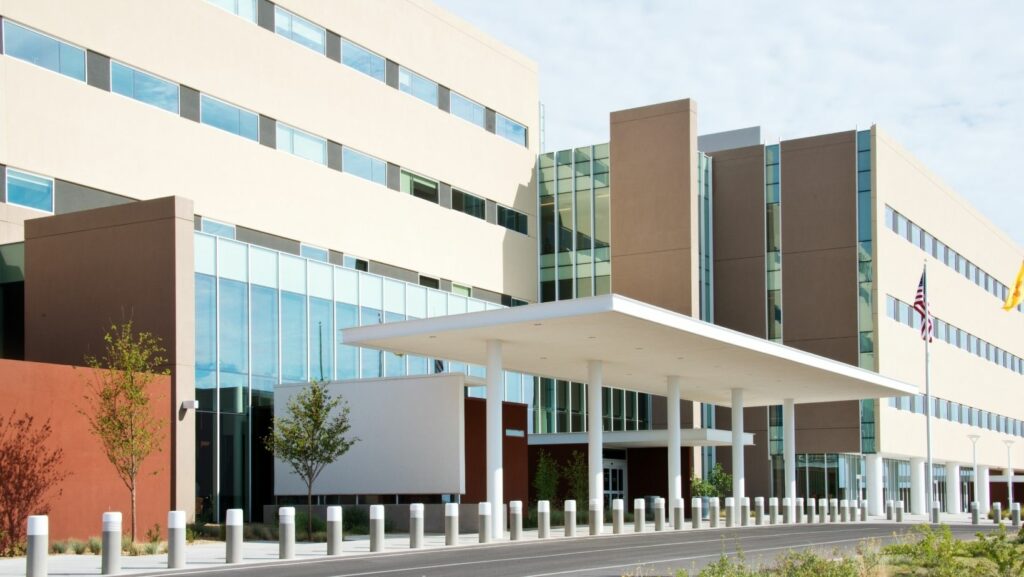Dive into the world of seastar medical news, where cutting-edge discoveries meet the mysteries of the deep sea. This is where marine biology intertwines with medical science, revealing fascinating insights and potential breakthroughs that could revolutionize healthcare.
So, get ready to embark on a journey that’s as captivating as it is informative. It’s time to submerge ourselves in the captivating world of seastar medical news.
Seastar Medical News

Journeying into the deep sea of medical news, seastars have made remarkable waves. Their unique healing capabilities, particularly in limb regeneration, hold abundant potential. For instance, scientists at Leeds University demonstrated the extraordinary ability of seastars to regrow amputated arms, an advantage humans don’t share.
Innovations in drug development have also been inspired by these fascinating creatures. The pharmaceutical company, Marine Biotech, revealed its active research on Seastar-derived compounds conducive for treating cancer and inflammatory diseases.
Certain seastar species manufacture toxins, an aspect explored by Stanford Medical School. These toxins target specific nerve channels, a game-changer in creating precise, targeted pain relief medications.
Thus, seastars have emerged as the goldmine in medical research. Their resilience, regenerative capacity, and the toxins they harbor promise progress and breakthroughs that transform medicine as we know it. The role of seastar medical news in sharing these marvels can’t be ignored, it forms the nexus connecting scientific exploration to medical advancement.
Impact of Seastar Medical News on Healthcare

Seastar medical news doesn’t just intrigue marine biologists—it shapes the healthcare industry. Revelations from seastar physiology and regenerative abilities broaden our perspective on healing mechanisms. Notably, contributions to drug development rank high, right from cancer to inflammatory disease remedies. For example, studies on starfish toxin-derived compounds specify their potential in targeted pain relief. Further, seastar’s distinct resilience properties form the foundation of novel therapeutic strategies. Exploring these potential medical marvels underscores a multi-faceted impact on healthcare—inspiring innovation, fostering research, and above all, paving the way for revolutionary patient treatment options. Therefore, seastar medical discoveries elevate our medical approach, merging the undersea world’s wonders with life-changing medicinal possibilities.
Challenges in the Medical News Sector
While the medicinal potential of seastars captivates healthcare and marine biology industries alike, difficulty exists in translating these fascinating discoveries into prevailing medical news. The main obstacle stems from the complex nature of seastar regenerative mechanisms, which require extensive understanding and advanced biotechnological applications to be interpreted correctly.
The challenge lies not only in unlocking these marine mysteries but also in clearly communicating the discoveries to a wider audience. The onerous task of expounding intricate marine biology studies to the general public often results in misinterpretation and oversimplification, compromising the accuracy of presented information.

Furthermore, while medical advancements inspired by seastars offer promising treatment prospects, it’s critical to acknowledge that the journey from discovery to viable therapy often takes decades of rigorous research, stringent drug trials, and thorough regulatory scrutiny. Thus, managing audience expectations becomes an additional challenge for the medical news sector engaged in reporting about these intriguing, yet defyingly complex, biological phenomena.
Future Trends in Medical Journalism
Seastar medical news holds an undeniable influence on the future of healthcare. It’s the source of much anticipation, especially in the realms of drug development and innovative therapeutic approaches. However, it’s important to remember that the path from discovery to mainstream acceptance is a complex one. It’s fraught with challenges, from interpreting intricate regenerative processes to managing audience expectations. The potential for misinterpretation is high, and the journey from laboratory to clinic is lengthy. Nevertheless, the promise of seastar-inspired medical advancements is undeniable. It’s a captivating field that’s set to shape the future of medical journalism, pushing the boundaries of what’s possible in healthcare and challenging us to look to the natural world for solutions. As we move forward, bridging the gap between complex marine biology studies and mainstream medical news will be a crucial task, demanding a blend of advanced biotechnology and effective communication.
